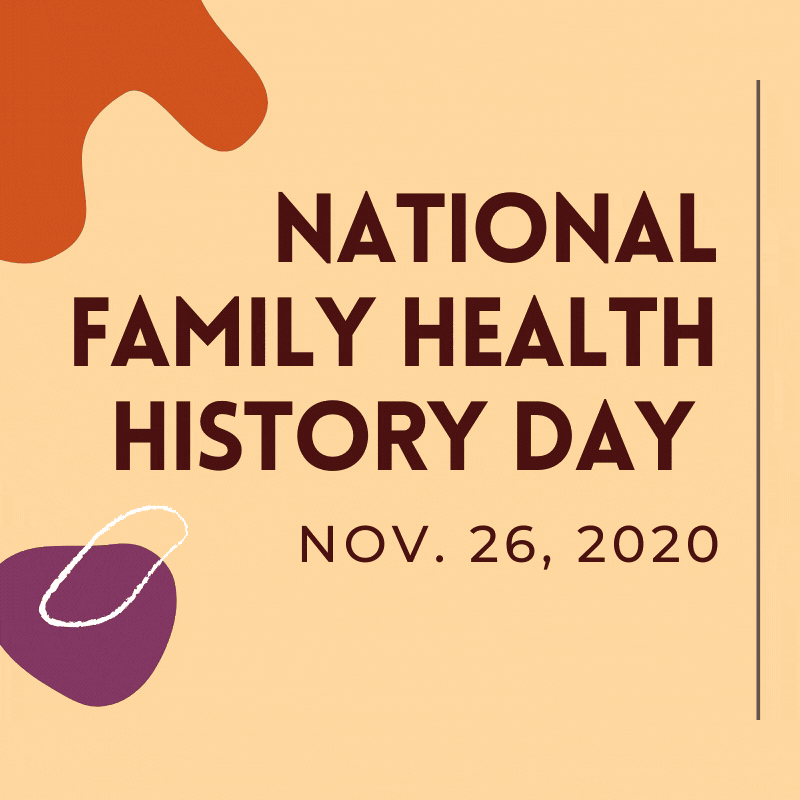
What is Alzheimer’s Disease?
Alzheimer’s is a brain disorder that slowly destroys memory and thinking skills overtime. Its slow progression could lead to dementia ultimately inhibiting a person from carrying out simple daily life tasks. Caregivers make a huge difference within these people’s lives. Alzheimer’s is not the same as memory loss from aging. Although during the preclinical phase of alzheimer’s disease people seem to be symptomless, there are actually big changes happening in the brain.
According to the National Institute on Aging: (https://www.nia.nih.gov/health/alzheimers-disease-fact-sheet#stages)
Alzhiemers starts when “abnormal deposits of proteins form amyloid plaques and tau tangles throughout the brain.” This causes once-healthy neurons to stop functioning, lose connections with other neurons, and ultimately die. There are additional complex brain changes that occur that also play a role in Alzheimer’s.
Photo source- https://www.drugwatch.com/health/alzheimers-disease/
Symptoms of Alzheimer’s
The symptoms of Alzheimer’s vary depending on the stage. As the stages progress, the symptoms increasingly interfere with daily life. The first symptoms of Alzheimer’s can vary from person to person and be difficult to catch. Here are some of the symptoms throughout different stages.
Mild symptoms:
-trouble handling money and paying bills
– repeating questions
-taking longer to complete normal daily tasks
– personality and behavior changes.
Moderate symptoms:
-Memory loss worsens
-control of language weakens
-confusion
-difficulty recognizing family and friends
-Difficulty completing simply daily tasks
-hallucinations and paranoia
Severe symptoms
-Can not communicate
-Depend fully on a caregiver
Caregivers:
Caring for a person with Alzhiemers can be a difficult task both physically and mentally. It’s challenging to provide the right care for the person you love. This is due to the need for daily care and switching of family roles. If you can’t care for a loved one, there are facilities and programs that can help. However, if you take on the responsibility for caring for your loved one, here are some ways to get started:
- Become knowledgeable about the disease.
Understand it. Think about your long term options for caregiving. There are programs that can help train you on how to take proper care of the person you love and strategies with helping deal with difficult behaviors.
- Establish a support group
Ask the family if they too can contribute to caregiving for this family member. Reach out to support groups and learn from others who are also going through this experience.
- Maintain your own health
You can not help others if you are not healthy yourself. Make sure you have good coping skills and know how to calm down if needed. Maintaining physical exercise and a healthy diet can really help this.
Here are some resources to help caregivers:
First steps to caregiving- https://www.nia.nih.gov/health/alzheimers/caregiving
Care training- https://www.alz.org/help-support/resources/care-training-resources
Online learning resources- https://www.endalznow.org/alzheimers-prevention-101/resources-for-alzheimers-caregivers
If you have any questions about Alzhiemer’s disease, or need help caring for a loved one, please call the clinic at (901) 306-5433 to schedule an appointment. As always, stay safe and healthy!
-Wellness and Stress Clinic Team




